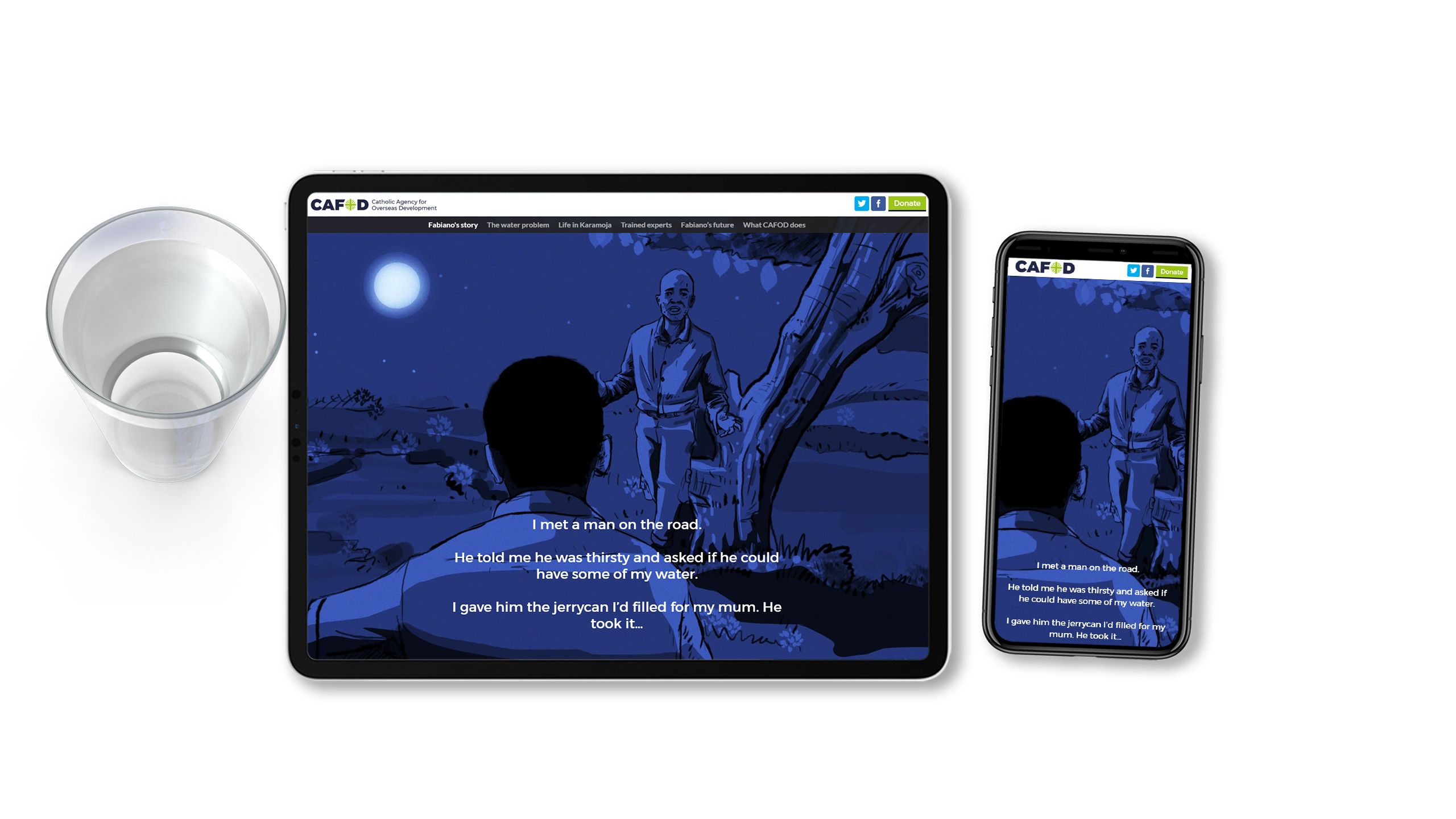Immersive storytelling and the future of government communications

Governments around the world are currently facing massive, historic crises — from COVID-19 and climate change to aging populations and inequality. In response, government agencies are embarking on a wide range of policies, programmes, and initiatives.
But how do members of the public know what their governments are doing? Obviously, most people learn about the actions of their governments from newspapers and television, which naturally focus on the most newsworthy stories of the day.
The problem is — as all government communications teams know — government agencies do a lot more than will ever be published in the newspaper. Many (if not most) important government policies and programmes inevitably fall through the cracks. This leaves members of the public with no easy way to understand what most of their public officials are doing, most of the time.

The critical work of government communications teams

This is where government communications teams come in. Comms teams, often working under enormous pressure, process and translate the technicalities — and legalities — of government policy so that they can be understood by ordinary citizens.
It’s not just about policy, either. Government funds a range of initiatives and institutions on behalf of taxpayers, from arts and heritage to scientific research and public events. Communications teams across government publicise these initiatives and educate the public on a wide variety of publicly-funded activities.
It’s incredibly important, often thankless, work.
But today, government comms teams are facing unique challenges.

Attention is scarce

With the rise of the internet and digital technologies, communications teams are having to compete with, well, everyone. Most people are overrun with content, from Netflix shows and online games to Twitter and Facebook updates.
This isn’t a new problem. For the last decade, communications professionals have been finding new ways to get their messages to an attention-poor public.
Generally, this has been treated as a problem of content distribution. This has led to government agencies supplementing their traditional marketing channels — such as print, radio, and TV — with a range of newer (and not so new) social networks.
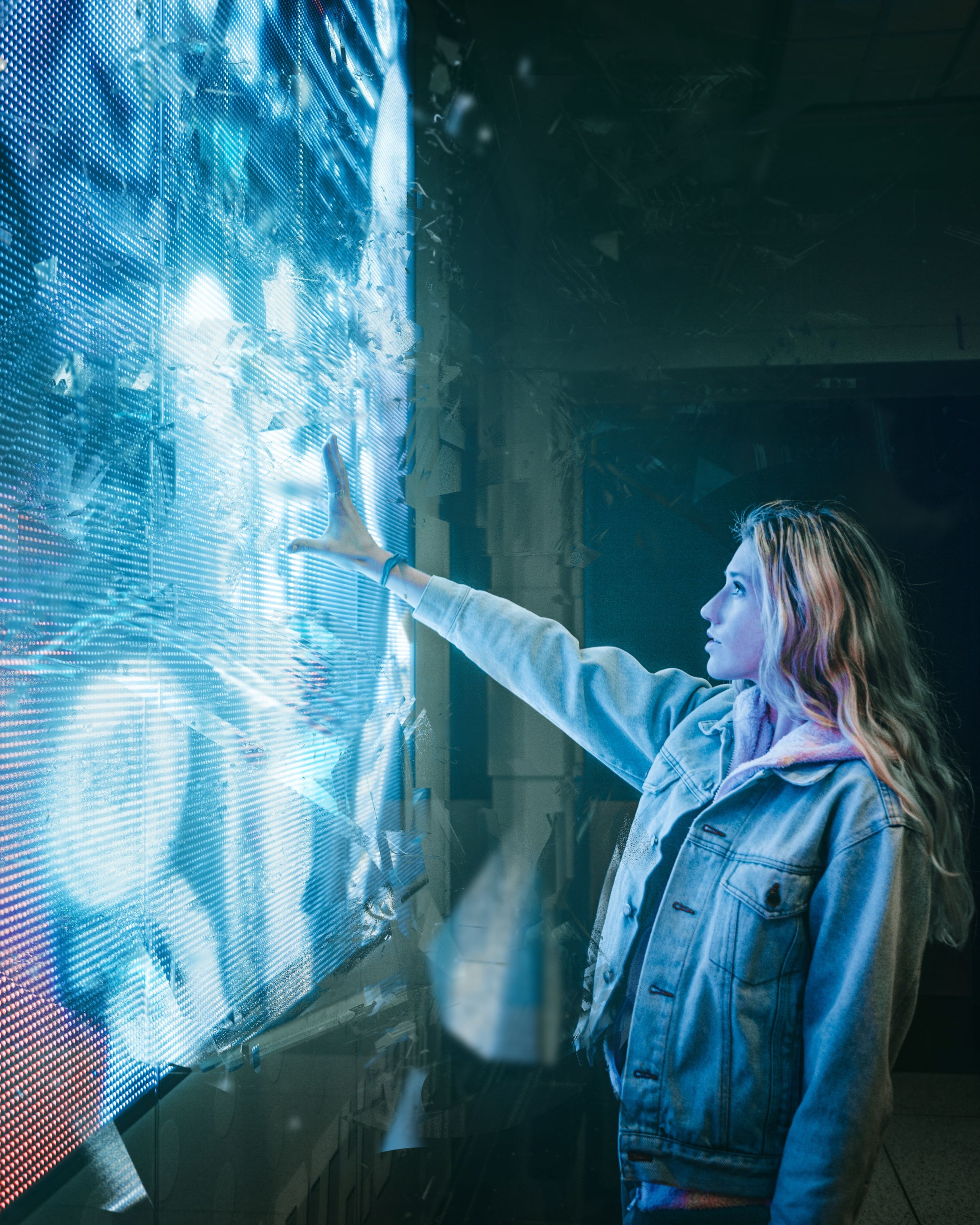
Expectations are rising

Publishing content to social media is great, but distribution is only one of the challenges government communications teams face. The fact is, over the last five years, the web has changed. To inform and educate the public, comms teams need to think about not only where they put their content, but also what kind of experience they provide.
This becomes obvious when we look at other industries. The world's leading media companies and brands have largely moved away from low-fi web pages towards rich, immersive experiences.
The general rise in presentation standards across media has set a high bar for governments. Audiences expect quality, which they also equate to trustworthiness, and reward with attention.
These immersive reading experiences utilise the latest techniques enabled by modern web browsers — including dynamic and interactive images, charts, and text. These techniques have led to fewer bounces, better click-through-rates, and a massive increase in engagement.

The rise of immersive digital storytelling

Before we look at how government communications teams can use these new tools and techniques, let’s take a look at some specific examples from other industries.
One of the early exponents of immersive digital storytelling was the BBC. For years now, the BBC have been investing in immersive experiences for their longform stories.
Nonprofits have also embraced digital storytelling to raise awareness about their campaigns. CAFOD, for example, used Shorthand to tell the story of the struggle for clean water in Uganda.

Expectations are high — but budgets aren’t

For communications teams across government, this might seem like one of the many digital tools that they simply don’t have the capacity (or budget) to embrace.
Beautiful web experiences are great — but they have also historically required teams of dedicated developers to produce and maintain. You might think that what works for the world’s biggest brands might not be possible for a government department on a tight budget.
But what if it were possible for communications teams in government to create beautiful web experiences, on their own, without any input from developers or designers?

The potential for government communications teams is enormous

Here’s the good news: immersive digital storytelling platforms like Shorthand are built specifically for storytellers — not designers and developers. This removes the common ‘developer bottleneck’ in publishing workflows and radically reduces the time and cost of publishing beautiful and immersive stories.
Using the Shorthand editor, communications staff can implement cutting-edge digital storytelling techniques with the click of a mouse.
Take, for example, Taking the lead on climate change by the Council of the European Union. Simple images — coupled with Shorthand’s ‘Reveal’ feature — give a powerful indication of how quickly we need to reduce greenhouse gas emissions to meet current commitments.
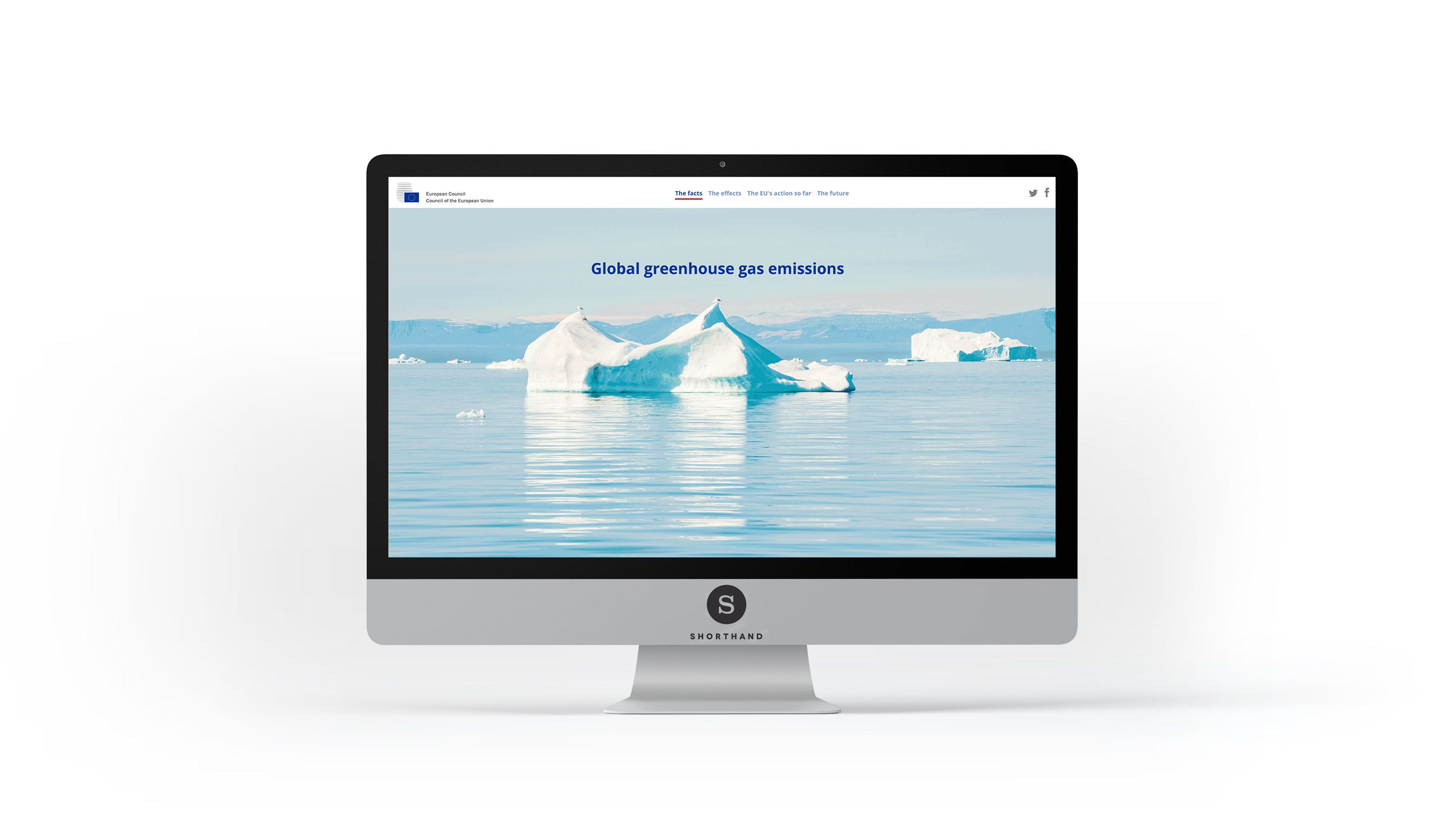
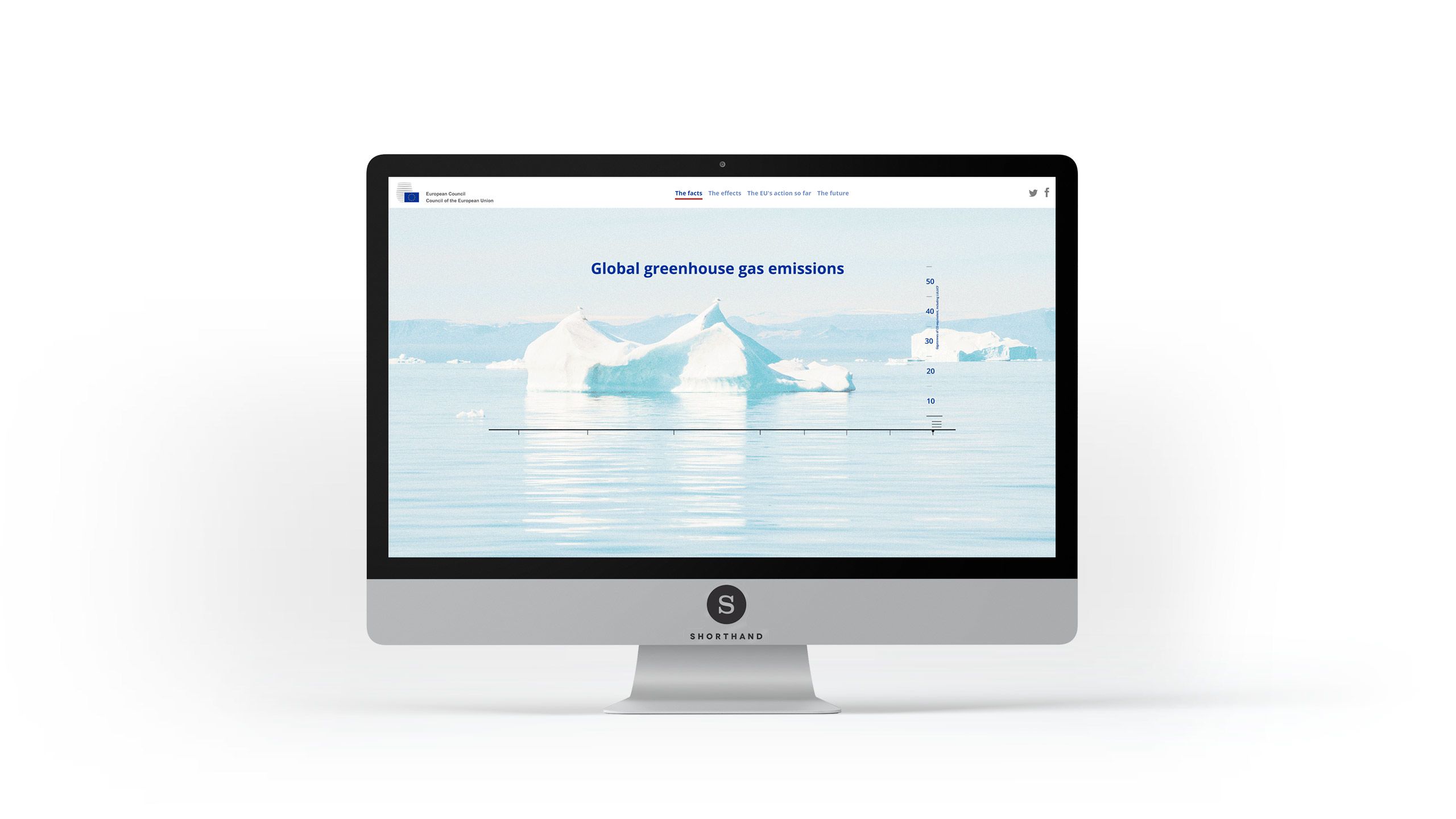
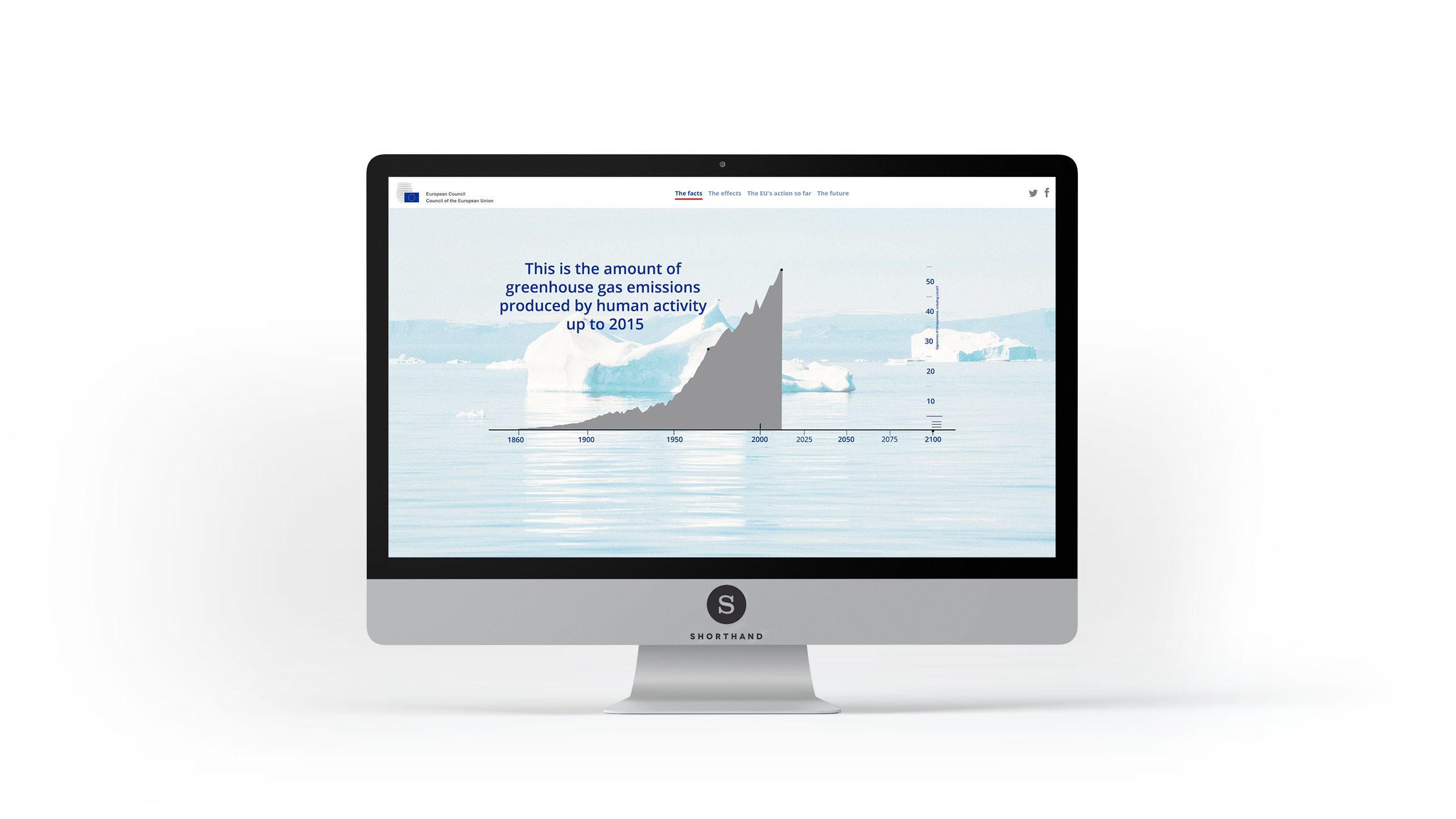
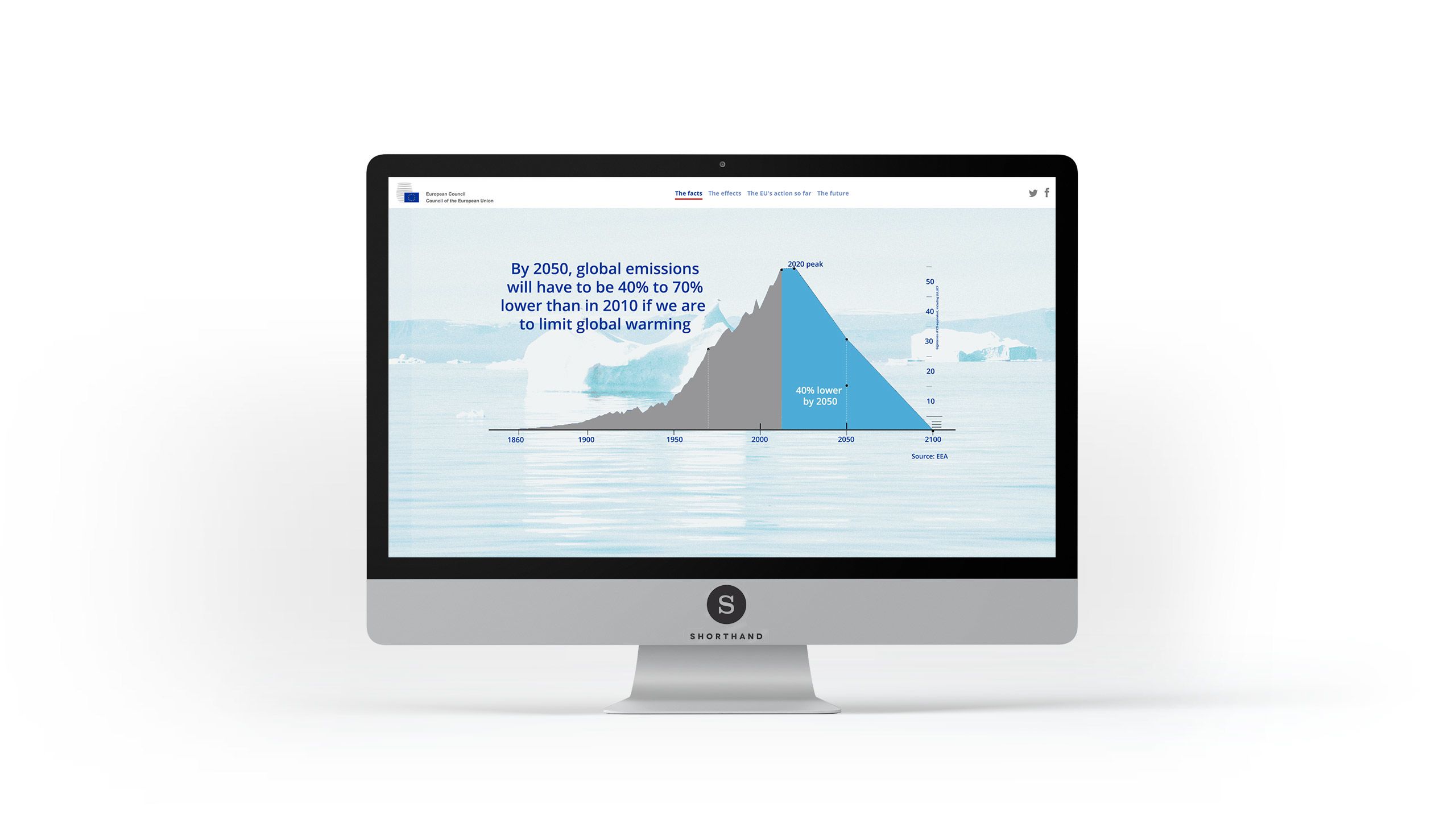
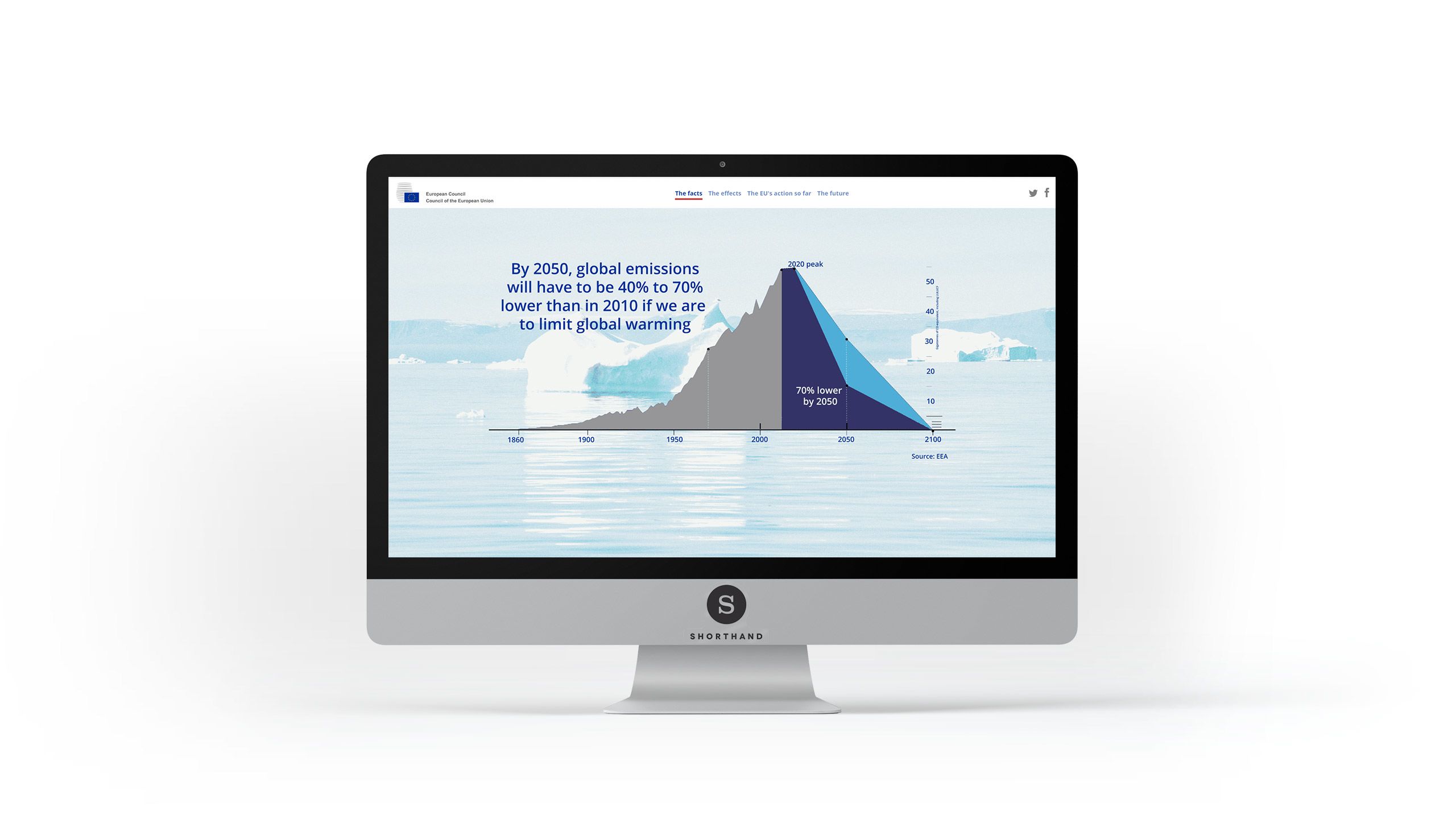
Sydney Opera House, too, makes innovative use of scrolling to display archival materials in its powerful story about First Nations theatre, Eternal History.
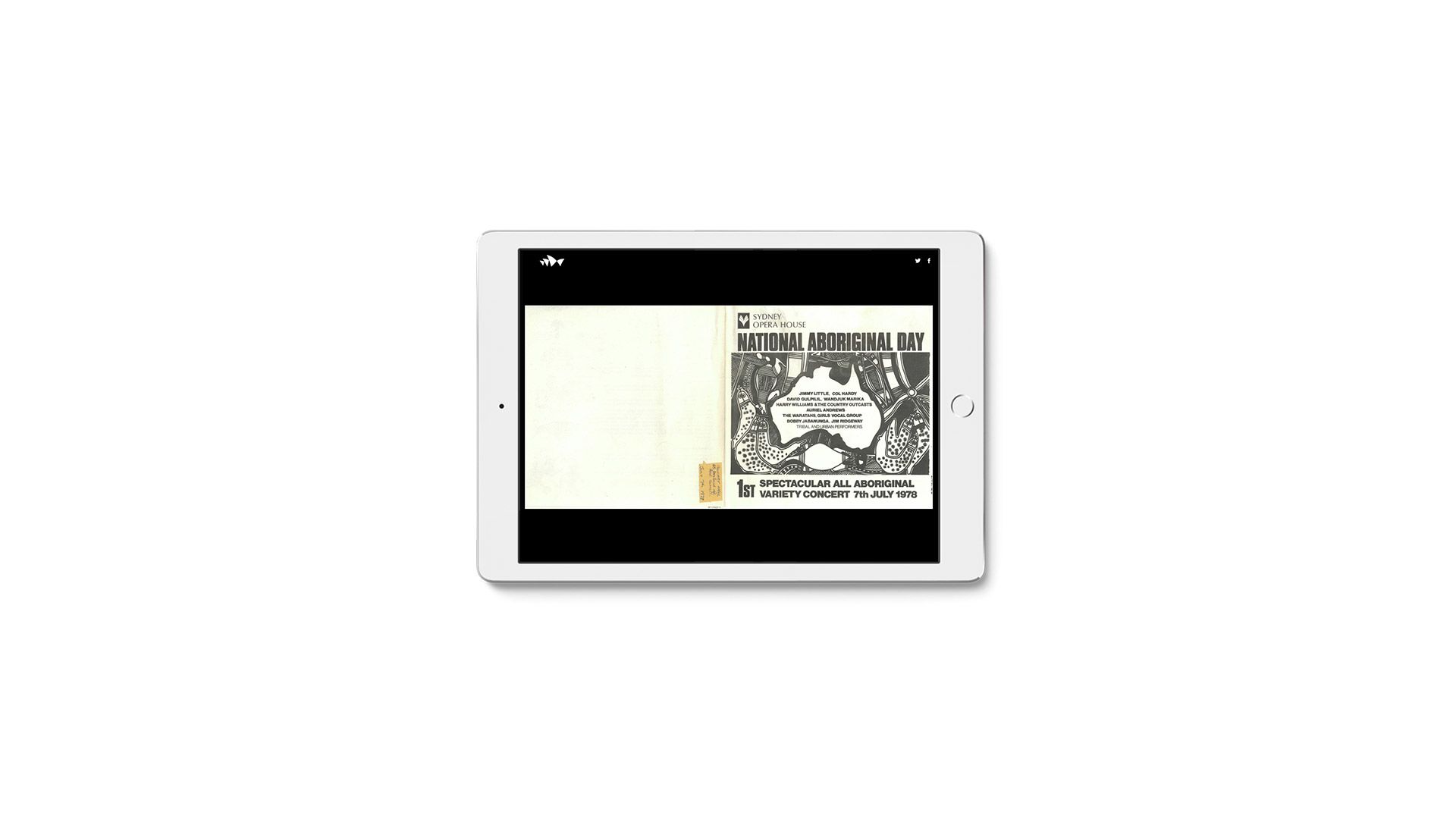

If you do have in-house design and development resources — all the better. Shorthand allows for custom code blocks, giving developers the power to embed additional interactive content, such as maps and data visualisations.
But if you don’t, there’s no barrier to publishing world-beating work.

How to get started with immersive digital storytelling

Our advice is to start small. Find a low stakes project and start experimenting with your chosen digital storytelling software. Share early work with team members and open a wider discussion about introducing digital storytelling to your agency.
You can publish your first story free with Shorthand, and our team is on hand to talk through your use case. We offer custom themes and ongoing support to help you produce world-leading immersive stories.

